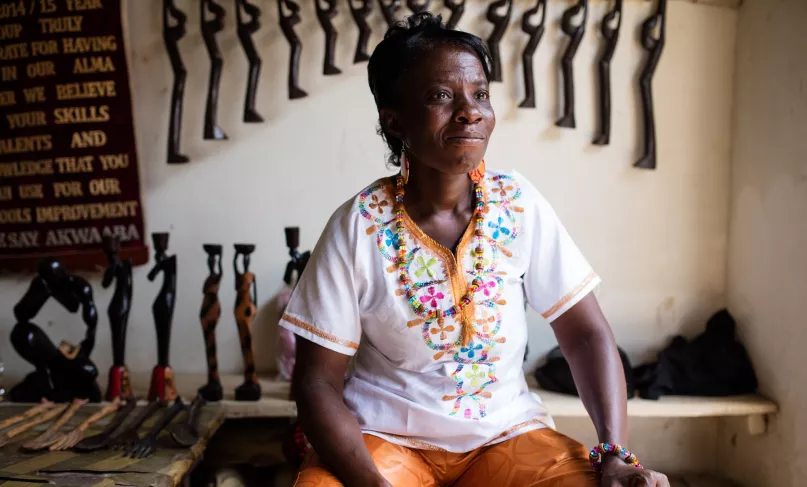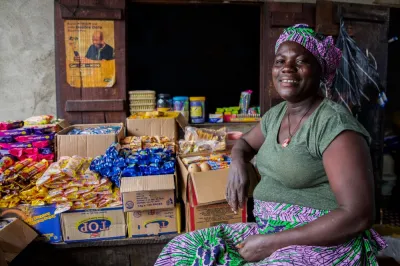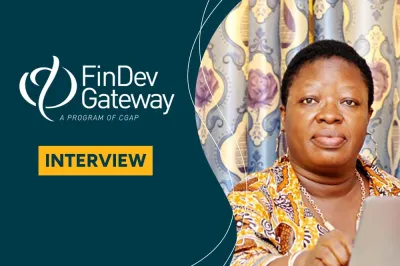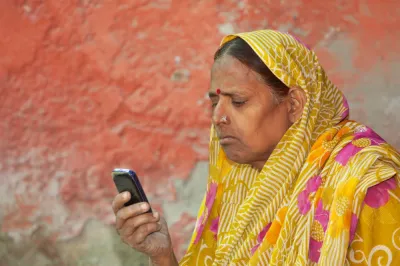Getting It Right: Learning About Savings

At the Mastercard Foundation Savings Learning Lab, we work with a number of partner organizations who implement savings-focused financial inclusion programs across Africa. The first two years of this learning partnership have been full of exciting learnings both from our partners and elsewhere in the financial inclusion sector. Here’s what we know so far on five key questions.
1. What evidence is out there on the importance of savings?
There’s a lot! A significant amount of reliable evidence documents the outcomes and impact of savings initiatives. Impact studies, monitoring reports, case studies, you name it! It took us a while but we are pleased to have organized this evidence in a user-friendly evidence map which makes it easy to navigate all this information. Interestingly, most of the available studies focus on client-level outcomes –especially related to change in usage, income, resilience and food security. Very little evidence is available on effective business models, sustainability, replicability of initiatives and other types of provider-level outcomes. And we found hardly any reliable evidence on outcomes at the ecosystem level, such as changes in policy and regulation and supporting infrastructure. We will continue to update the map annually and help fill in some of the evidence gaps.
2. What does the evidence say about the impact of savings?
That poor people can and do save, and that they benefit from savings immensely. Our comprehensive account of the state of access to and use of savings in Sub-Saharan Africa points to a range of positive outcomes from savings, including increased income, increased ability to smooth consumption, improved resilience and enhanced food security. Initiatives which promote savings have increased savings levels, supported investment in small-scale family business, and had significant impact on various dimensions of poverty.
Insights from our partners’ work also indicate that participation in savings groups substantially improves the well-being of savings groups members. They invest in productive activities, increase their income and enhance their ability to prioritize expenses on household assets and children’s education. They are also better equipped to weather economic and environmental shocks.
3. What does the savings landscape look like across Sub-Saharan Africa?
The poor continue to rely predominantly on informal savings and therefore do not benefit from formal financial services and products. This is not surprising given the positive outcomes of savings group participation mentioned earlier. In addition, gender and pro-poor tailored approaches have proven successful in increasing participation and the associated benefits of savings groups. Yet demand for formal savings products is high. Members want to access larger sums of money than what they can accumulate in a savings group for larger purchases such as housing and farming equipment. They also want to ensure the safety of their savings.
Yet formal providers continue to struggle to serve this population segment with appropriate savings products. They face several challenges including high costs of providing these services and low profit margins, insufficient understanding of their clients’ behaviors, the distance of clients from branches, and product offerings that do not quite meet client needs. In addition, there are often policy and regulatory barriers.
4. What has worked for our partners in increasing access to and usage of formal savings?
Many things but especially linking savings groups to formal finance and digital financial services. While linkage models are complex and systematic evidence on successful strategies is still scarce, learnings from our partners indicate that promising models exist and that linkages with formal financial services benefit savings groups members. In some models, facilitating agencies train groups on the benefits, risks and functionality of formal products and facilitate connections with trusted providers. Other models are led by the providers themselves who hire and train community-based trainers to find existing groups or form new groups and help them with the linkage process.
Providers offer accounts that allow savings groups to save as a single entity, as well as individual accounts for individual members in the groups. Emerging evidence indicates that once they open an account with a formal provider, members feel that their money is safer and they save and earn more than members of groups that are not linked. Women’s individual account ownership also increases, helping to close the gender access gap.

Digital financial services have also helped providers overcome geographic and infrastructure barriers and allowed clients to access formal savings products. Financial service providers have used a range of different models based on their local environment, capacity and needs. But like with linkages, we need to continue to build the evidence base on successful models. In addition, we need to learn how to mitigate remaining challenges such as low usage of mobile accounts, the digital divide and data privacy concerns.
5. What do we need to learn more about?
Providing savings products and services to low-income clients in a sustainable way is still a work in progress. We need to learn a lot more about the effectiveness, scalability and replicability of business models that providers can use in serving this segment. We also need to build the evidence base on policy and regulation that enable savings mobilization. And while we know a lot about the impact of savings, we need to build the evidence base on the sustainability of these outcomes on customers and gain an even deeper and more nuanced understanding of effective drivers of usage and account activity.
*****
Our partners continue to work on developing bold approaches that bridge the gap between the supply of formal financial services and users of informal savings. They will also test and apply new business models that establish the viability of small balance savings accounts for retail and savings banks. We are excited about the range of business models and types of organizations our partners are working with. We are also eager to see how learnings from these programs will fill the current knowledge gaps as we continue to build the evidence base of what types of savings interventions work best and for whom.
Join us for the official launch of the Savings Evidence Map, in our webinar: Navigating the Evidence on Savings-Focused Financial Inclusion – Tuesday, 30 Oct from 9-10am EDT.


